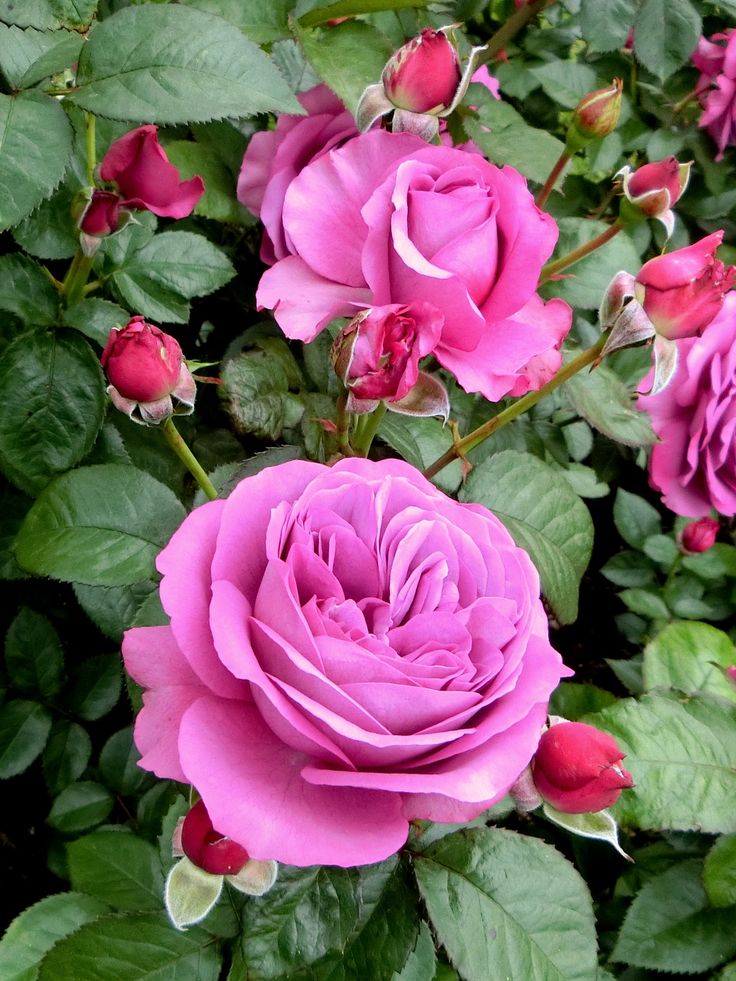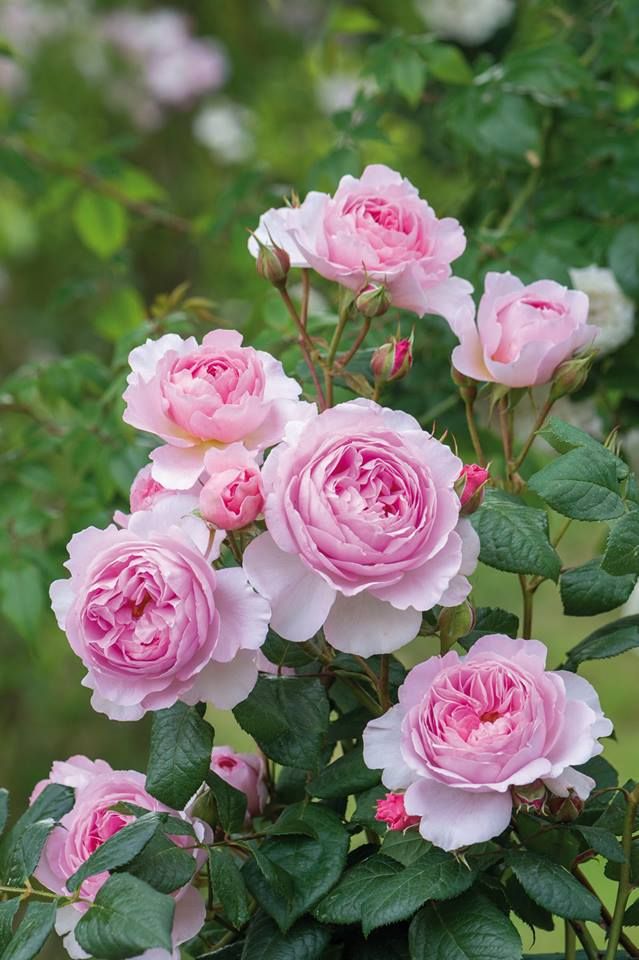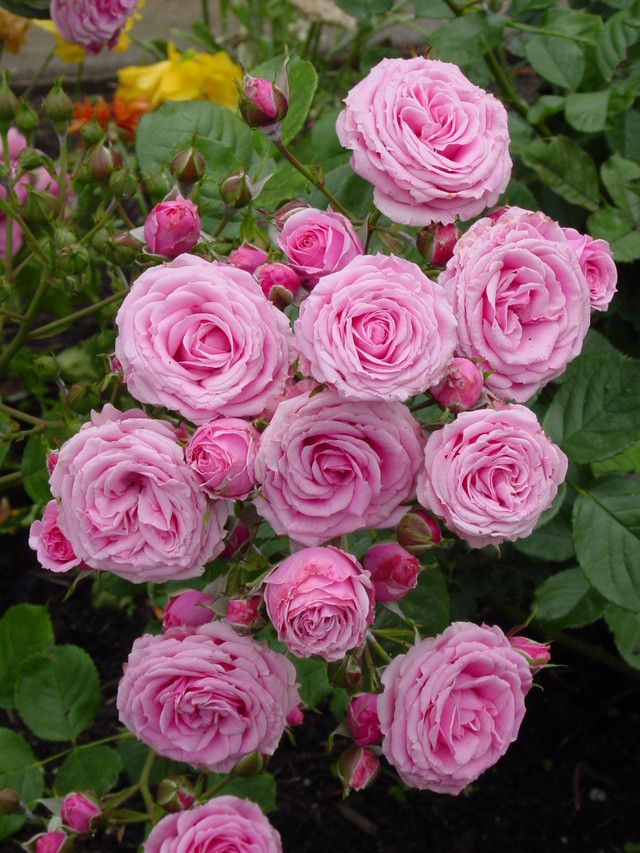Pruning is a fundamental aspect of tree and shrub care, essential for maintaining their health, appearance, and structural integrity. By understanding the principles and techniques of pruning, you can promote vigorous growth, enhance flowering and fruiting, and shape trees and shrubs to suit your landscape aesthetic. Whether you’re a novice gardener or seasoned green thumb, mastering pruning techniques will empower you to transform your outdoor space into a thriving and beautiful landscape. Here’s everything you need to know to get started with pruning trees and shrubs effectively.










Understanding Pruning Basics
Pruning is the process of selectively removing branches, stems, or foliage from trees and shrubs to improve their structure, health, or appearance. The primary objectives of pruning include removing dead, damaged, or diseased wood, shaping plants for aesthetic purposes, promoting air circulation and light penetration, and controlling growth and size. Understanding the basic principles of pruning, including when, why, and how to prune, is essential for achieving desired outcomes and avoiding common pitfalls.
Timing and Frequency
The timing and frequency of pruning depend on factors such as plant species, growth habit, flowering time, and desired outcomes. In general, dormant pruning is performed during late winter or early spring before new growth emerges, while summer pruning is done after the spring flush of growth has occurred. Routine maintenance pruning may be performed annually to remove dead or damaged wood, shape plants, or control size, while rejuvenation pruning is used to rejuvenate overgrown or neglected plants by removing old, woody growth.
Tools and Equipment
Having the right tools and equipment is essential for safe and effective pruning. Basic pruning tools include hand pruners for small branches and stems, loppers for larger branches, pruning saws for thick branches, and pole pruners or hedge trimmers for reaching high or dense areas. Ensure that pruning tools are clean, sharp, and properly maintained to make clean cuts and minimize damage to plants. Consider investing in ergonomic or lightweight tools to reduce strain and fatigue during extended pruning sessions.
Pruning Techniques
Several pruning techniques are used to achieve specific objectives when shaping trees and shrubs. These include:
- Thinning: Removing select branches or stems to improve light penetration and air circulation within the canopy, reducing density and promoting healthy growth.
- Heading Back: Cutting back the tips of branches to encourage branching and denser growth, often used for shaping hedges or promoting bushiness.
- Deadheading: Removing spent flowers or seed heads to encourage continued flowering and prevent self-seeding, promoting prolonged bloom and tidiness.
- Crown Reduction: Removing select branches to reduce the overall size or height of a tree, often used to mitigate hazards or maintain size in confined spaces.
- Espalier: Training woody plants to grow flat against a wall or trellis, creating a decorative and space-saving feature in gardens or landscapes.
Safety Considerations
Pruning can be physically demanding and potentially hazardous, requiring proper technique and safety precautions to prevent accidents or injury. Always wear appropriate protective gear, including gloves, eye protection, and sturdy footwear, and use caution when working with sharp tools or working at heights. Avoid pruning near power lines or in inclement weather, and never attempt to prune large branches or trees without proper training or equipment.
Conclusion
Pruning is an essential practice for maintaining healthy, attractive trees and shrubs in your landscape. By understanding pruning basics, timing and frequency, tools and equipment, pruning techniques, and safety considerations, you can confidently tackle pruning tasks and enhance the beauty and vitality of your outdoor space.
FAQs (Frequently Asked Questions)
- How do I know when it’s the right time to prune my trees and shrubs?
- The timing of pruning depends on the specific plant species and desired outcomes. In general, dormant pruning is done in late winter or early spring before new growth begins, while summer pruning is performed after the spring flush of growth has occurred. Research the specific pruning requirements for your plants to determine the best time to prune.
- Is it okay to prune my trees and shrubs during the growing season?
- While dormant pruning is preferred for most trees and shrubs, light pruning or deadheading can be done during the growing season to remove spent flowers, control size, or shape plants. Avoid heavy pruning during the growing season, as it can stress plants and interfere with their natural growth and development.
- How much should I prune my trees and shrubs at once?
- It’s generally recommended to avoid removing more than 25% of a tree or shrub’s total canopy in a single pruning session to minimize stress and promote recovery. If significant pruning is needed, spread the pruning out over multiple seasons to reduce the impact on the plant.